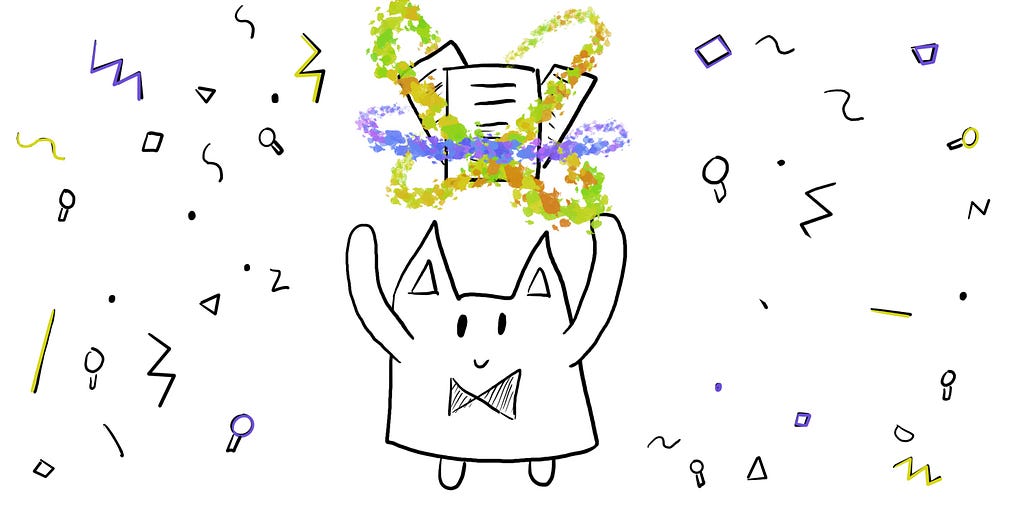RAG (Retrieval Augmented Generation) is revolutionizing search and information retrieval by using generative AI and vector search to produce direct answers based on trusted data. While RAG has many advantages, it also has limitations, such as constraints with current search technologies and human search inefficiencies. To address these issues, RAG-Fusion has been developed, which generates multiple user queries and reranks the results using Reciprocal Rank Fusion. RAG-Fusion aims to bridge the gap between user queries and uncover transformative knowledge.

Retrieval Augmented Generation (RAG) is transforming search and information retrieval by integrating vector search and generative AI. It offers advantages like context-aware outputs, reduced hallucination, and enhanced productivity and content quality. However, RAG has certain limitations including constraints with current search technologies, inefficiencies in human search, and oversimplification of search which leads to less relevant results.
To address these issues, RAG-Fusion is introduced as a solution. It overcomes the limitations of RAG by generating multiple user queries and reranking the results using strategies like Reciprocal Rank Fusion (RRF). It aims to bridge the gap between user queries and their intended meaning, providing more comprehensive knowledge discovery.
The mechanics of RAG-Fusion involve using a programming language, vector search database, and large language model, along with query generation and result reranking steps. For multi-query generation, prompt engineering is used to produce queries that cover different angles or perspectives of the original query.
RRF, a technique for data reranking, is deployed to combine results from different queries intelligently. It organizes the search results in a unified ranking, enhancing the likeliness of finding relevant information.
The final phase involves producing the generative output that captures the user’s intent an enquiry. The strengths of RAG-Fusion involve improved source material quality, better user intention alignment, insightful outputs, navigation of complex queries, and serendipitous knowledge discovery. It faces challenges related to avoiding information overload and managing the model’s context window.
There are different ways to approach fusion:
- Late Fusion:
- In this approach, the retrieval and generation processes are kept relatively separate. The system first retrieves relevant documents or passages and then feeds them into a generative model. The generation phase doesn’t deeply integrate the retrieval embeddings but uses the retrieved content to produce an answer.
- Early Fusion:
- Here, the retrieval embeddings are deeply integrated into the generative model, allowing for a more dynamic interaction between the two. This can potentially allow the generation process to be more context-aware, pulling nuances from the retrieved documents more effectively.
- Intermediate Fusion:
- As the name suggests, this is a middle ground between early and late fusion. In this approach, the retrieval embeddings are used at some intermediate stage of the generation process, not completely separate like in late fusion but not as deeply integrated as in early fusion.
Each of these fusion strategies has its own benefits and trade-offs:
- Late Fusion is simpler and more modular. If you have a robust generative model, you might prefer this as it keeps the processes distinct and easier to debug or optimize separately.
- Early Fusion can be more powerful as it allows the generative model to more deeply understand and utilize the retrieved information. However, it’s also more complex and can be trickier to train and optimize.
- Intermediate Fusion tries to balance the strengths and weaknesses of the other two approaches.
When implementing RAG-Fusion, ethical concerns related to user autonomy and transparency, as well as augmenting the user experience through original query preservation and visibility of the generative process, should be in focus. RAG-Fusion is a call for a reshaped view of search as interpreters of inquiry, prompting user control, guidance, clarity, and adherence to values that optimize the customer experience.
List of Useful Links:
- AI Scrum Bot – ask about AI scrum and agile
- Forget RAG, the Future is RAG-Fusion
- Towards Data Science – Medium
- Twitter – @itinaicom



























